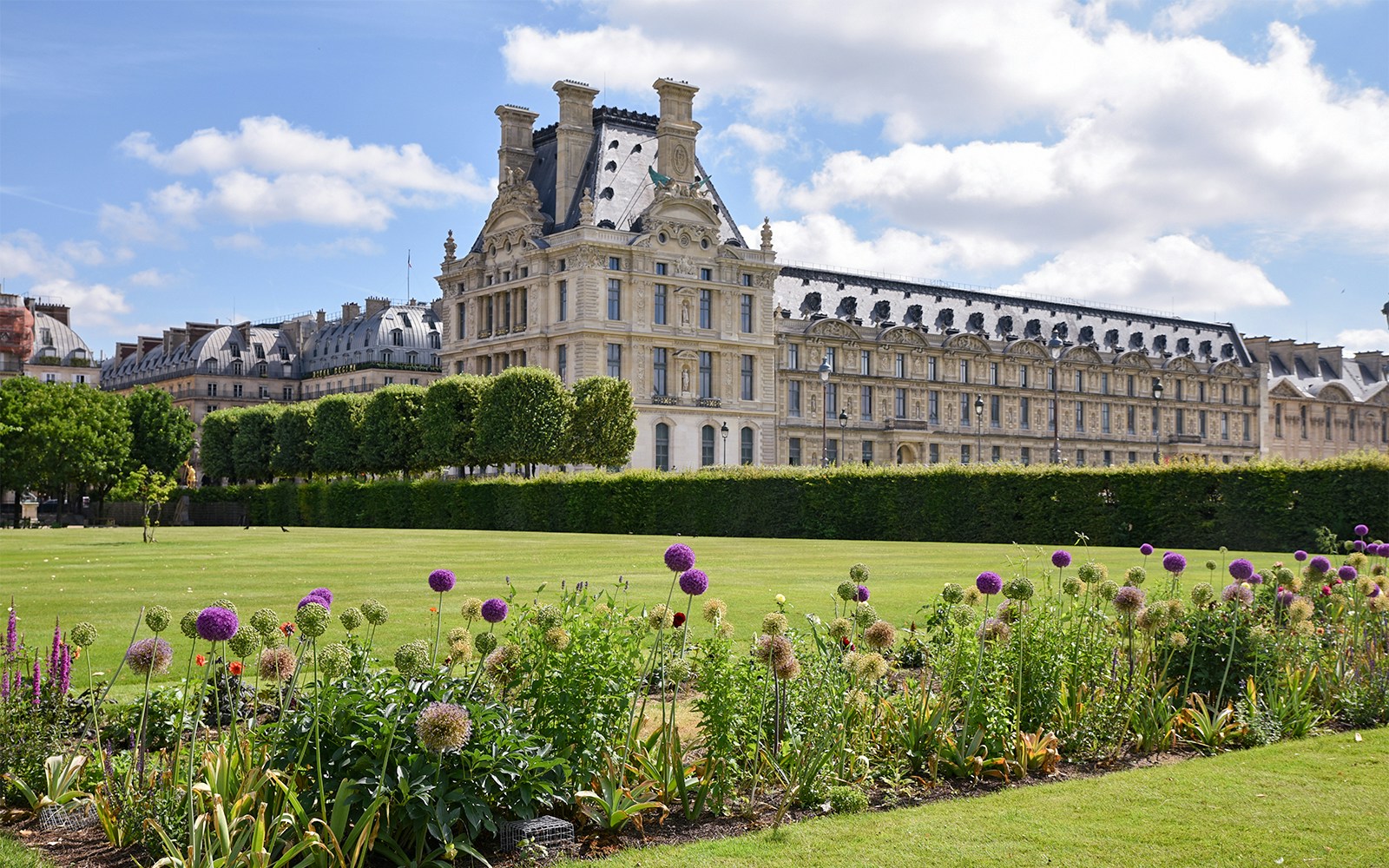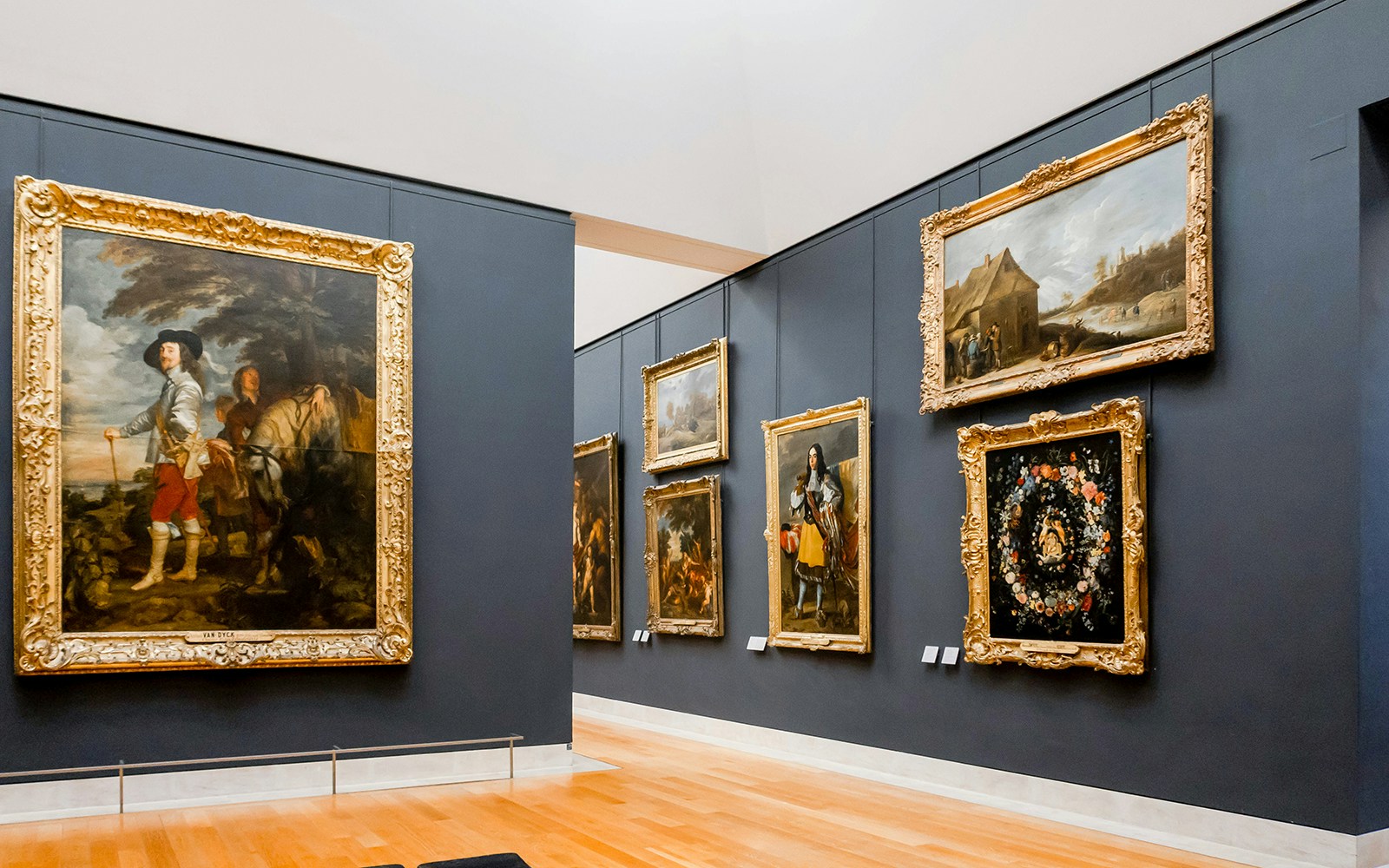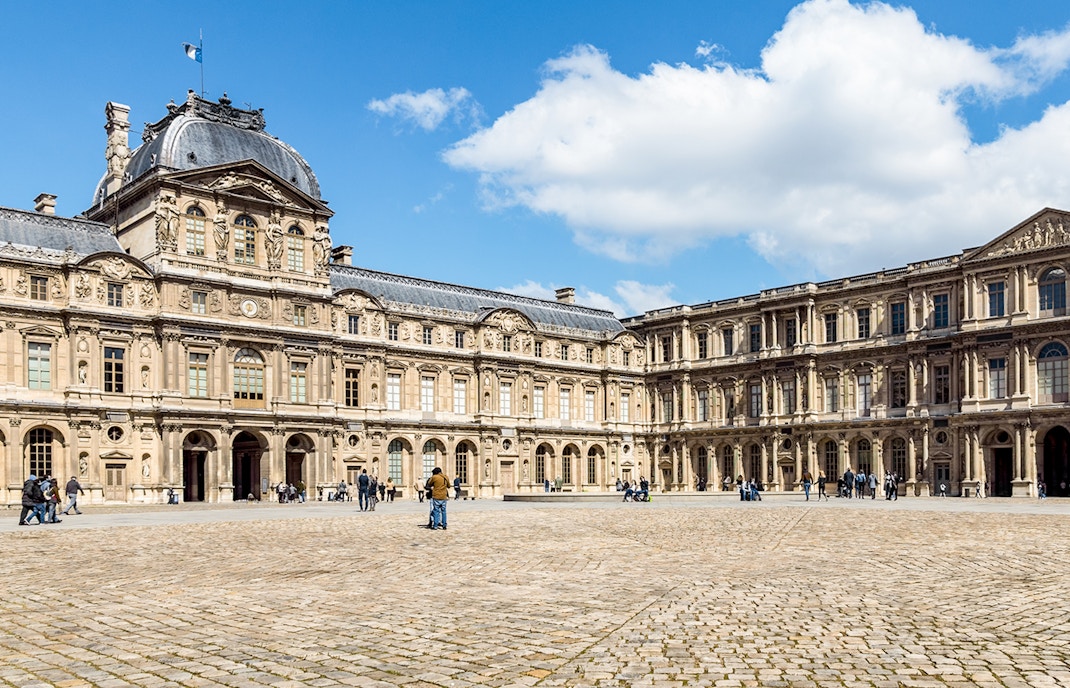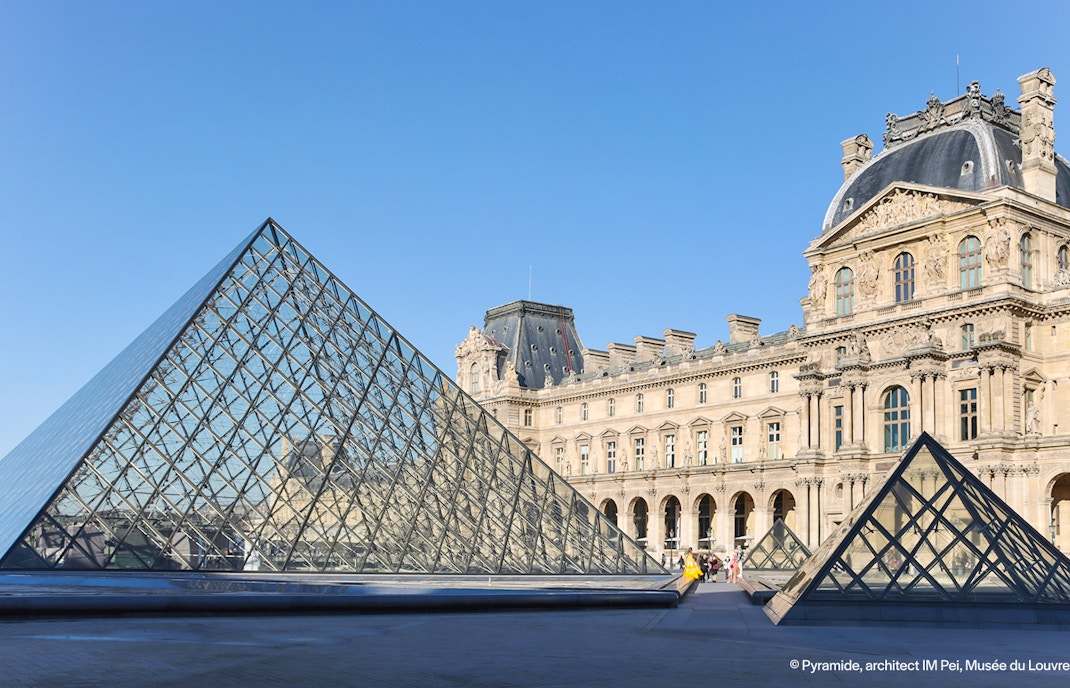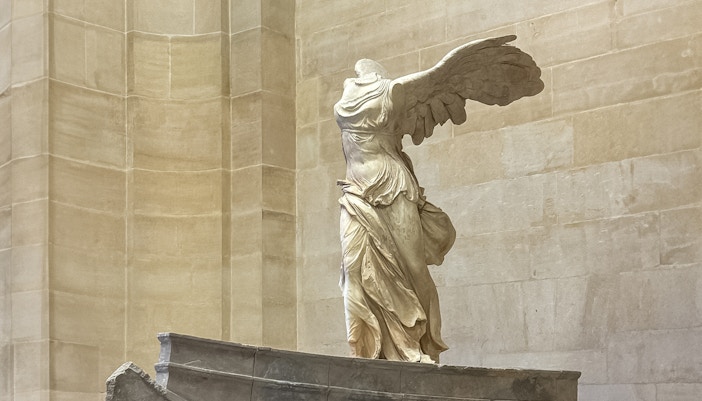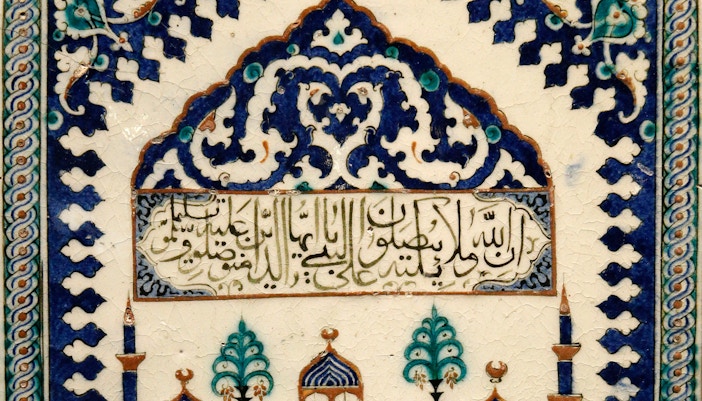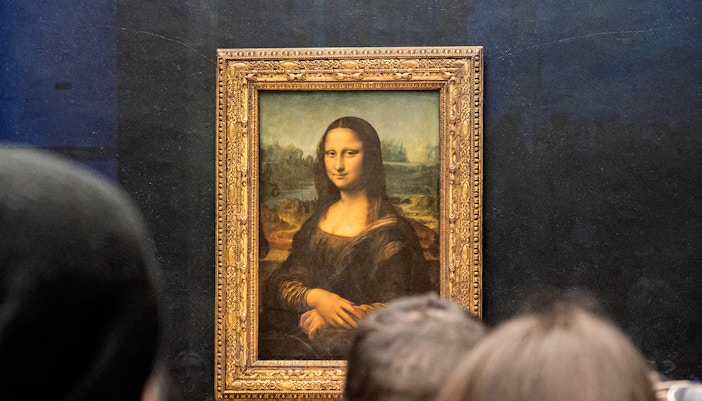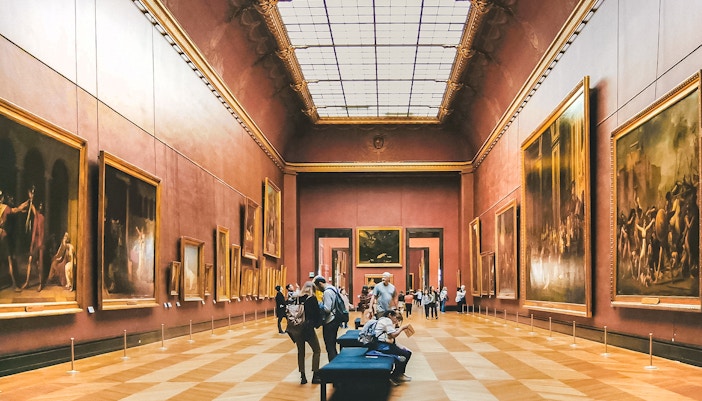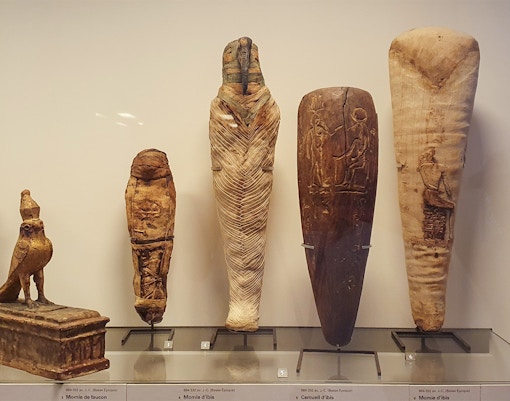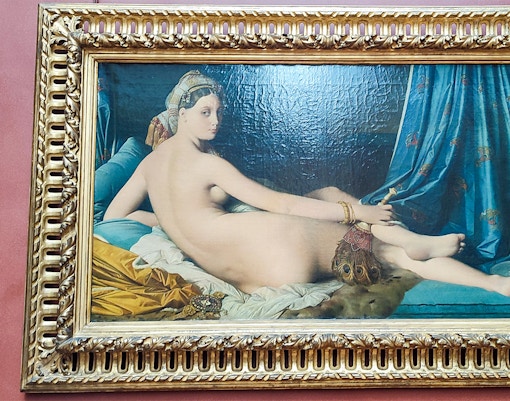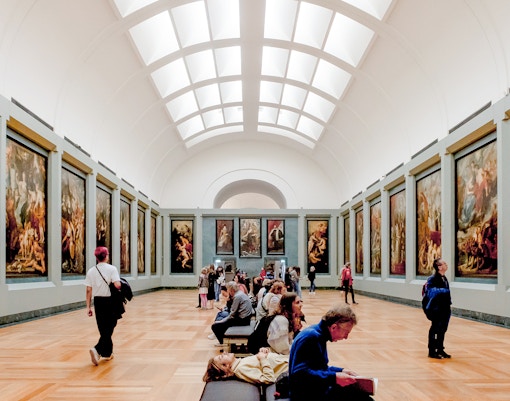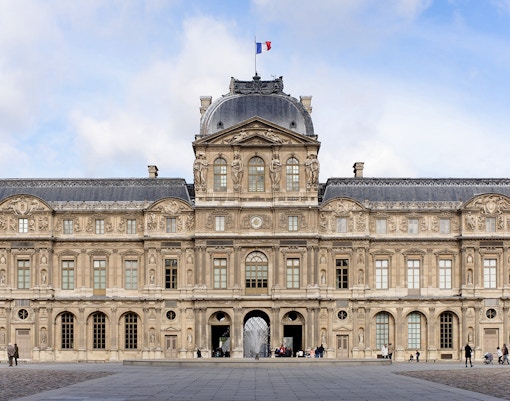Masterpieces Trail | This trail focuses on the most famous works from each department. | Mona Lisa, Venus de Milo, Winged Victory of Samothrace, Liberty Leading the People, The Raft of the Medusa, and The Lacemaker | First-time visitors who want to focus on the most iconic pieces | 2-3 hours |
The Da Vinci Code, Between Fiction and Fact | Based on the popular novel (and film), The Da Vinci Code. | The Wedding Feast at Cana, Mona Lisa, Virgin and Child with Saint Anne | Da Vinci fans | 3 hours |
From Palace to Museum, 800 Years of History | This trail takes visitors through the Louvre’s eight-centuries-long journey. | The Salon Denon, The Galerie Campana, and The Napoleon III Apartments’ Large Drawing Room | History buffs | 2-3 hours |
French Painting Trail | This trail guides you through the rich history of French art. | Liberty Leading the People and The Coronation of Napoleon | Admirers of French history, Revolution-era art, and Romanticism | 1.5 hours |
Egyptian’s Antiquities Trail | This trail guides you through the museum's incredible collection of Egyptian artifacts, which is one of the largest and most comprehensive in the world. | The Sphinx of Tanis, The Seated Statue of Ramses II, The Mummy of a Priestess, The Papyrus of Ani, and The Great Egyptian Wall Reliefs | History buffs and fans of ancient Egypt | 1.5 - 2 hours |
Art of Eating, Rituals, and Symbolism | Go around the Louvre to see the depiction of meals and food in paintings from Antiquity to the 18th century. | The Feast of the Gods, The Peasant Meal, and The Hunt Luncheon | Art and symbolism buffs and culinary history fans | 1.5 hours |
Beyoncé and Jay-Z’s Louvre Highlights | Follow this trail to see the highlights the superstar couple picked out for their ‘APES**T’ music video. | The Winged Victory of Samothrace, The Virgin of the Green Cushion, The Mona Lisa, The Wedding Feast at Cana and The Raft of the Medusa | Beyoncé and Jay-Z’s fans | 2-3 hours |

